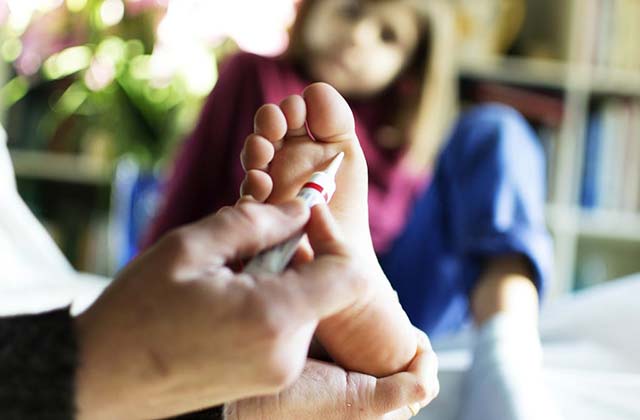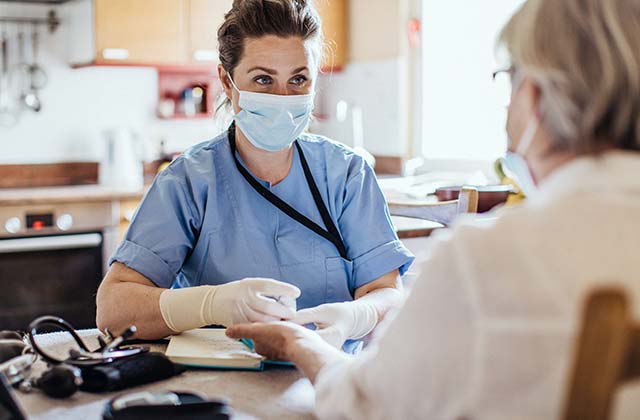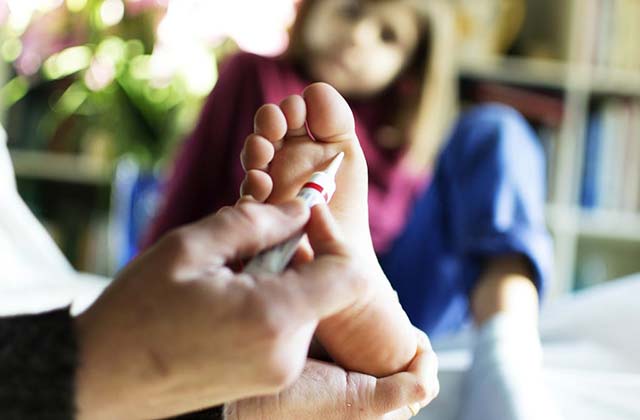If at some point in your life, you may have acquired a wart.
Warts develop on the skin, can pop up everywhere from your toes to your tongue and everywhere in between. A wart can be caused by one of the many viruses within the human papillomavirus (HPV) family. The virus stimulates cell growth resulting in thick or hardened skin – the obvious symptom of a wart.
When your immune system is compromised, your risk for all types of infections also rises. Since a wart is caused by a virus, then it’s no exemption. Warts love damaged or broken skin. If you’re exposed to the virus, it’s easier for it [virus] to take hold of your dry and cracked skin. You may be especially prone to warts if you have eczema or psoriasis.
Warts are non-cancerous. While not highly dangerous, they can easily spread from one part of your body to the other parts or from one person to another person. They can spread by skin contact, sharing razors or towels, or even walking on the floor after someone who is infected stepped on.
There are five main types of warts:
1. Common Wart
Also medically known as verruca Vulgaris. Common warts are usually found on the fingers, hands, elbows, knees and feet. They are around the size of a small pea or pinhead. They may appear cauliflower-shaped and feel a little rougher than your normal skin. Sometimes there are tiny blood clots, those are the little dark dots you can notice.
Common warts can easily spread if you touch your face or other parts of the body.
2. Filiform warts
Filiform warts look like little bulbous clusters of mini warts. They usually appear on the face, around your eyes, nose and mouth. They are fast-growing and look thread-like and spiky.
3. Plantar Warts
Plantar warts are also called feet warts as they grow mostly on the soles of the feet. They are forced to grow inwards due to the pressure on them [body weight from standing and walking].
Plantar warts are often confused with calluses. To be sure, look for the little black dots. This kind either appears as just one thick and tough wart or pop up in clusters of more than one. They are common in people who do a lot of barefoot activities.
4. Flat Warts
These warts are flat bumps on the surface of the skin. With an irregular shape, they feel smooth and look shiny. They can come by a dozen or in large numbers. They pop up randomly, however common on light-exposed areas of the face and back of the hands.
For women who shave their legs, flat warts commonly appear on shaved areas. For men, they often appear in the beard area.
5. Genital warts
These are sexually transmitted and can be found in the cervix, around the vulva, in the anus and vagina. They vary in appearance, can be small coloured bumps or fluffy cauliflower-like growths.
Treatment of genital warts can be a little hard. It is important to book into a sexual health clinic.
Here’s good news, it is possible to remove warts. How you get rid of them and how long they take to remove varies from wart-to-wart.
Most warts are harmless and painless. Most of them go away on their own relatively quickly but some are determined to stick around for years.
If you don’t want to wait around months or years for your wart to hopefully disappear, then you can take matters into your own hands. Plus, it’s always a good idea to get a doctor’s opinion and diagnosis no matter what.
Here are some methods you can do to treat warts:
- A topical solution that contains salicylic acid. You can choose between non-prescription solutions and GP-prescribed solutions. Whichever you use, it can essentially work by dissolving layers of skin affected with warts.
- Duct tape. It may sound a little bit weird and random but putting a strip of duct tape on a wart for a prolonged period, can kill it off. The tape needs to be kept on for consecutive 6 days. On day six, take off the tape and soak the body part with warts in the water. Gently rub down the warts with a nail file or pumice stone. Leave the affected area without the tape for a night then reapply the next day for another six days. Repeat the process until the wart is gone. If there’s no progress after 2 months, it might be best to try another treatment.
- Freezing. This procedure is carried out by a medical professional. It is most effective for warts on hands. The process involves swabbing or spraying liquid nitrogen onto the wart and the surrounding area.
- Surgery. This can become an option if other treatments haven’t worked. This is a minor surgery and involves either cutting the wart away or laser surgery.
If your wart is growing rapidly, is getting painful, bleeding, or spreading, go to a walk in clinic Edmonton right away. For genital warts, it’s best to speak with a gynecologist.




